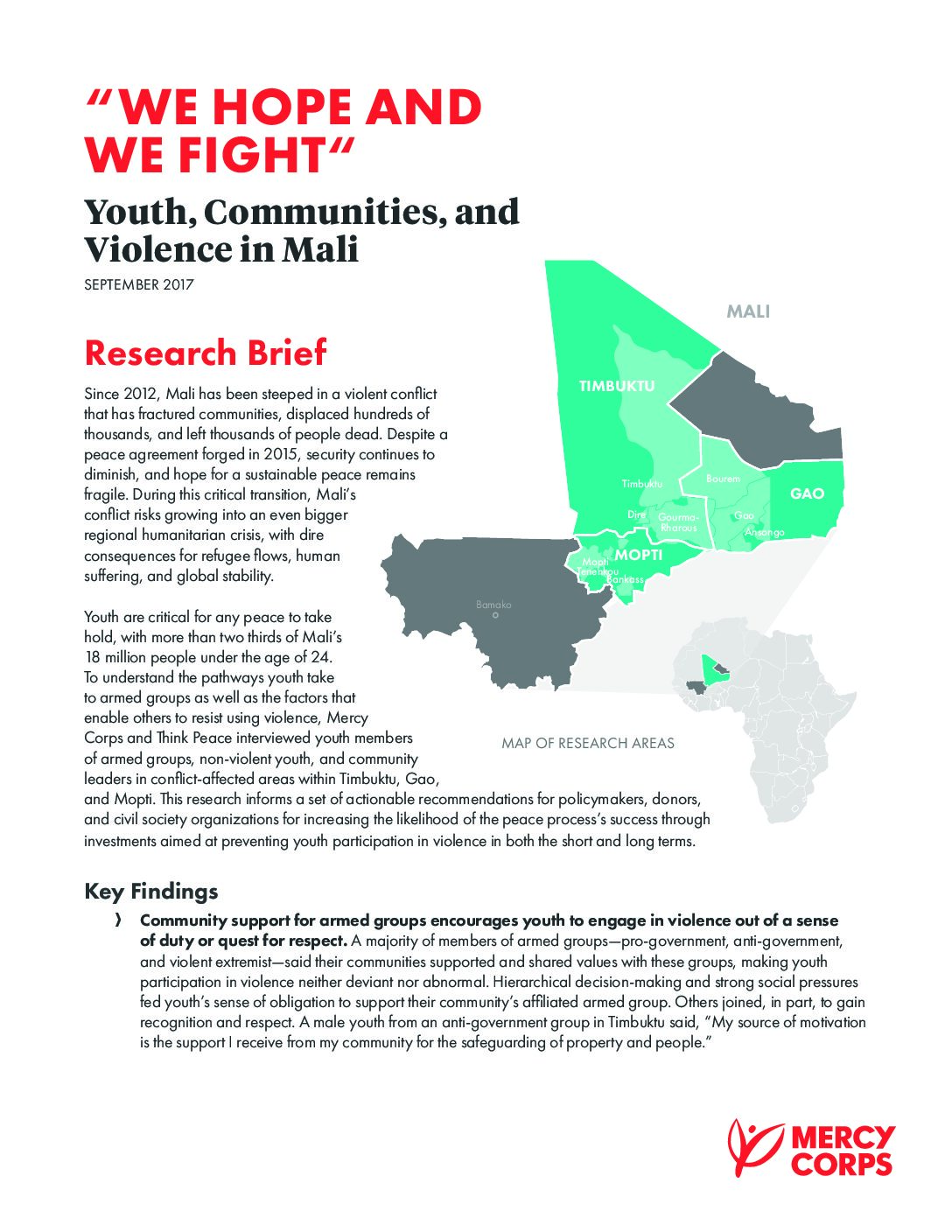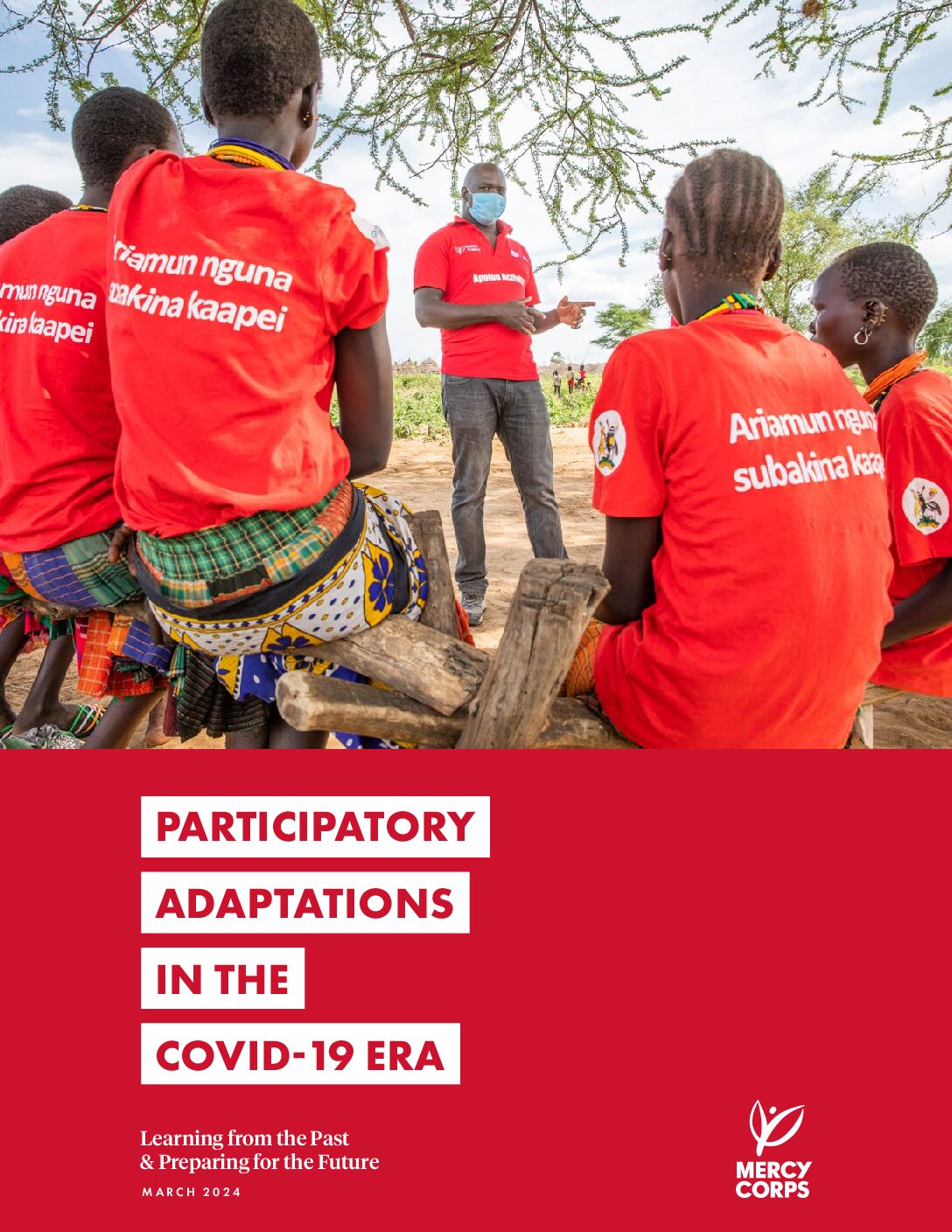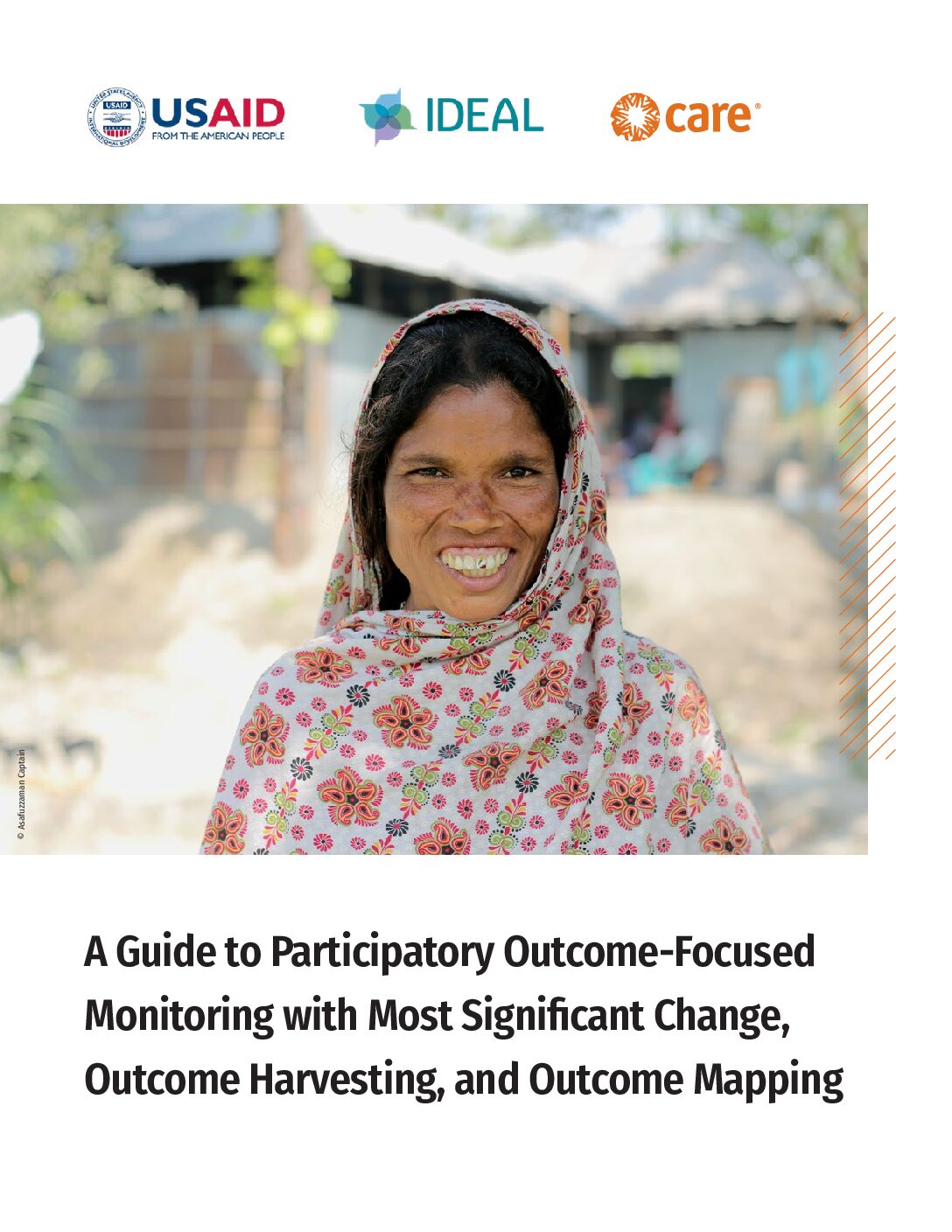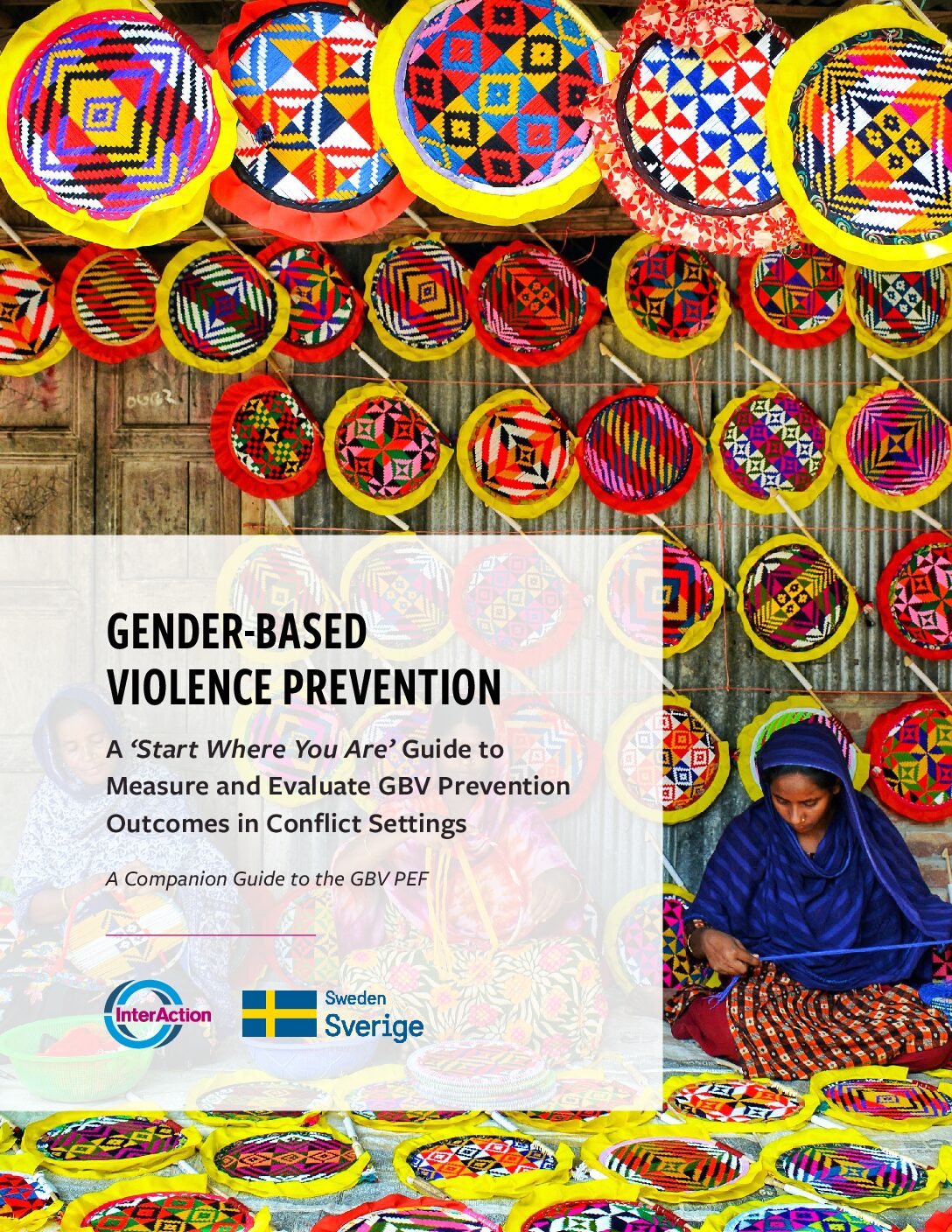In their September 2017 report, Mercy Corps and Think Peace (through a series of interviews with youth members of armed groups, non-violent youth, and community leaders in Mali) aim to trace the pathways that youth take to armed groups, as well as the factors that enable others to resist using violence. This work seeks to enhance understanding of the pathways to violence in the Malian context, but also reveal the capacities that support youth in remaining peaceful— even in an environment of widespread insecurity. The findings yield a set of actionable recommendations for stakeholders in increasing the likelihood of the peace process’s success through investments aimed at preventing youth participation in violence in both the short and long terms.
The guiding research questions were:
- What factors contribute to youth participation in violence in Northern and Central Mali?
- What factors enable youth to avoid participating in violence?
- What factors contribute to youth support for the peace process?
Between January and April 2017, the research team conducted in-depth interviews across 34 cities, towns, and villages in Northern and Central Mali, ultimately reaching 71 people— mostly youth—who identified as current or former members of armed groups, 53 respondents who have not joined armed groups, and 25 community leaders. The research team employed qualitative research protocol and key informant interview (KII) guides designed for youth in armed groups, non-violent youth, and community leaders. The team also developed a set of data collection tools, which borrowed elements of the “genogram” tool first used in public health and adapted to a violence prevention context, aimed at exploring social influence around violence.
Findings reveal a complex dynamic between systemic and community-level factors and individual decision-making. Key points are summarized below:
- Community support for armed groups encourages youth to engage in violence out of a sense of duty or quest for respect. A majority of members of armed groups—pro-government, anti-government, and violent extremist—remarked that their communities (and leaders and parents) supported and shared values with these groups, where youth participation in violence was often normalized and encouraged.
- Protection of communities serves as a powerful motivator for youth to join armed groups. Protecting their communities from outside threats was one of the key reasons cited across youth respondents from armed groups.
- Perceptions of community exclusion perpetrated by the government—based on geography or ethnic identity—fuel participation in anti-government armed groups. Across the North, respondents cited a lack of government services. However, youth in anti-government and violent extremist groups, in particular, shared deep grievances rooted in their perceptions of the government’s relative neglect and mistreatment of their communities. Many youth in armed groups described injustices carried out by government and security actors. Some youth cited direct abuse by the military against their communities, and others described extensive experience with corruption.
- Some youth, seeking the long-term stability of a government position, view armed groups as a stepping-stone to joining the military. While few youth mentioned short-term financial incentives motivating their membership in armed groups, some youth, primarily members of pro-government groups, spoke of their belief that their participation would be a viable step to later joining the military.
- Many youth in armed groups and non-violent youth have high, but fragile, expectations for the peace process. Some youth expressed hope that the process would generate improved security, and others hoped to benefit from the disarmament, demobilization, and reintegration (DDR) provisions. However, slow progress, historical failures, and concerns about exclusion of certain groups and regions make some youth skeptical that the peace process will be effective.
- Recommendations, thusly, focused on strengthening protective factors at the community -level; establishing inclusive, collaborative processes to ensure the peace process is transparent and responsive to diverse communities’ needs; developing community-level security plans that outline a transition from non-government armed groups to state-led security management; and expanding opportunities for youth to achieve status without engaging in armed groups.
Relevant to results-based protection, this research initiative employs research methods adapted from the public health sector to conduct a threat analysis (disaggregated by gender, political affiliation, location, ethnicity, etc.) to examine the policies, practices, motivations, behaviors, attitudes, ideas, and beliefs that drive armed-youth who are responsible for the threat, as well as the drivers and capacities of youth who do not participate in armed groups. It teases out a causal logic for establishing enduring peace in Mali – helps identify the leverage points to bring about change, the roles of various actors (Government, development, civil society organizations, community members, etc.) to achieve a reduction in risk/ promote peace, and the levels, sequence, and benchmarks for an intervention. Furthermore, the analysis and subsequent evidence-informed recommendations challenge assumptions made around interventions targeting “individual” incentives and motivations – the findings suggest that sharper focus on community attitudes—which in turn create an environment in which armed groups can thrive or wither—may prove more fruitful in problem-solving and achieving protection outcomes.
| Title of File | Language | |
|---|---|---|
| “We Hope and We Fight”: Youth, Communities, and Violence in Mali | English | Download |



